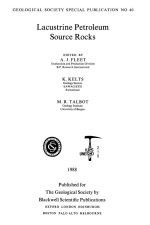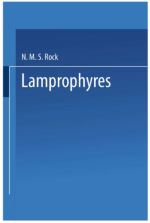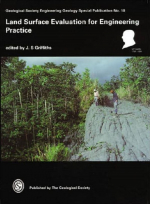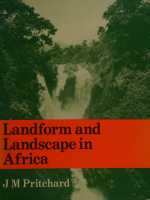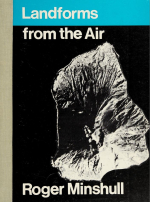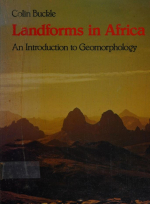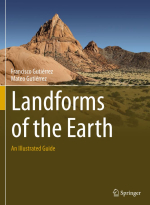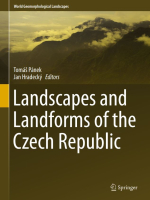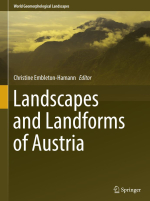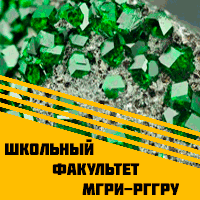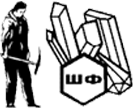Geomorphology literally means the study of the Earth’s landforms. It is defi ned by the International Association of Geomorphologists (IAG; www.geomorph.org) as the interdisciplinary and systematic study of landforms and their landscapes, as well as the Earth surface processes that create them. Geomorphologists investigate landforms and landscapes addressing multiple aspects, such as their genesis, morphometry , chronology and past and future evolution. They also investigate Earth surface processes not only to understand their morphogenetic role, but also to gain a scientifi c basis for assessing and managing a great deal of environmental problems associated with them, notably geohazards (e.g. landslides, fl oods, subsidence, earthquakes).


